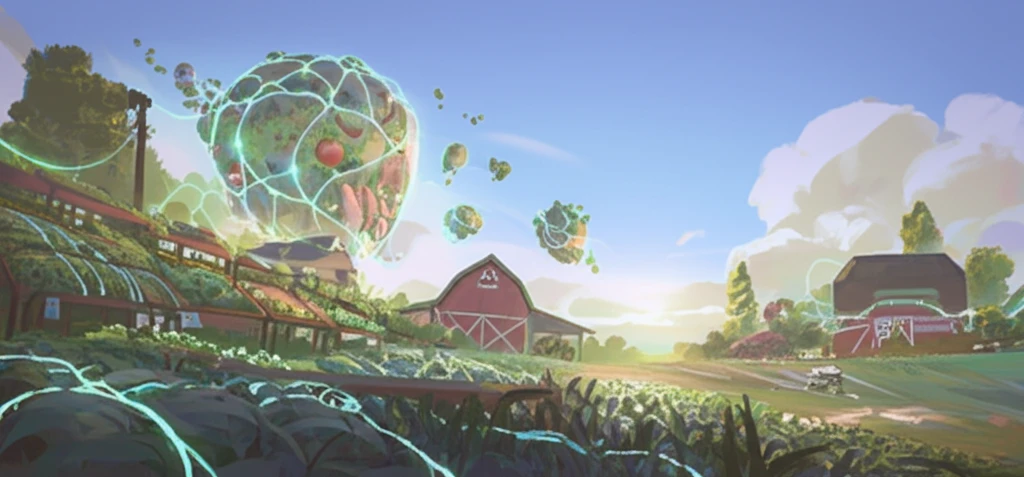
Farm-to-Table 2.0: How Short Supply Chains are Revolutionizing Local Food
"Discover how short food supply chains are fostering community, sustainability, and a fresh approach to getting food from local farms to your table."
In an era increasingly defined by environmental consciousness and a desire for greater transparency, the way we source our food is undergoing a significant transformation. The dominant, globalized food system, with its extensive supply chains and often opaque practices, faces increasing scrutiny for its environmental impact, social inequities, and economic vulnerabilities. As a result, a growing movement is championing alternative food systems that prioritize sustainability and local connection.
Among these alternatives, short food supply chains (SFSCs) are gaining prominence as a way to revolutionize how we access fresh, local produce. SFSCs, defined as distribution channels with minimal intermediaries between producers and consumers, offer a compelling vision of a food system that is both environmentally responsible and community-focused. Unlike traditional grocery supply chains that might involve numerous steps and far-flung sources, SFSCs aim to re-localize food flows, fostering direct relationships between farmers and the people who enjoy their harvest.
This article delves into the world of SFSCs, exploring their potential to reshape local economies, promote sustainable agricultural practices, and foster a deeper sense of community around food. We will examine how consumer engagement and logistical considerations drive the success of SFSCs, and what this means for the future of food.
What Exactly Are Short Food Supply Chains?

At their core, SFSCs are about minimizing the distance – both physical and relational – between food producers and consumers. This often translates into farmers selling directly to consumers through avenues like farmers' markets, farm stands, Community Supported Agriculture (CSA) programs, and online platforms. The defining characteristic is a reduced number of intermediaries, ensuring that farmers retain a greater share of the revenue and consumers have a clearer understanding of where their food comes from.
- Transparency: Consumers gain insights into farming practices, origins, and the journey their food takes.
- Sustainability: SFSCs often prioritize environmentally friendly farming methods, reducing transportation and supporting biodiversity.
- Community Building: Direct interaction between farmers and consumers fosters relationships and strengthens local economies.
- Fairness: Farmers receive a greater share of the profits, supporting their livelihoods and encouraging sustainable practices.
Looking Ahead: The Future of Local Food
Short food supply chains represent a promising model for a more sustainable, equitable, and community-oriented food system. While challenges remain in scaling up SFSCs and ensuring accessibility for all consumers, their growing popularity signals a shift towards a more conscious and connected approach to food. By supporting local farmers and embracing transparency, SFSCs offer a path towards a future where food nourishes not only our bodies but also our communities and the planet.
